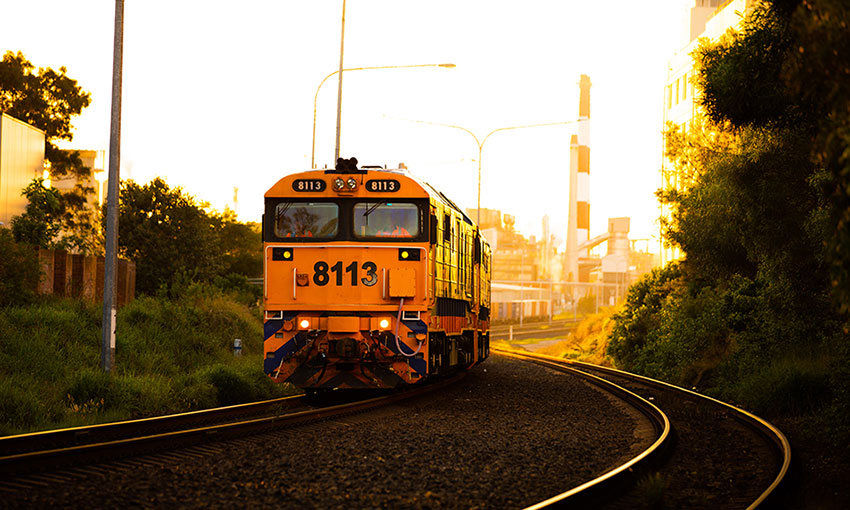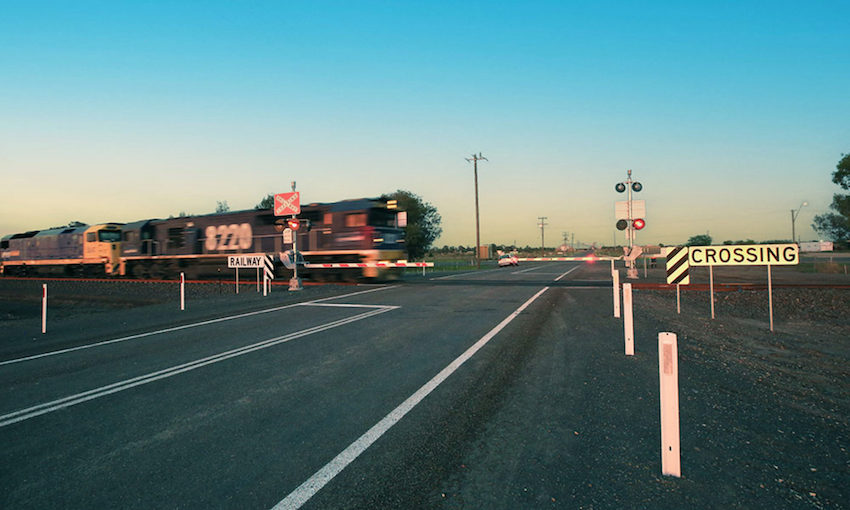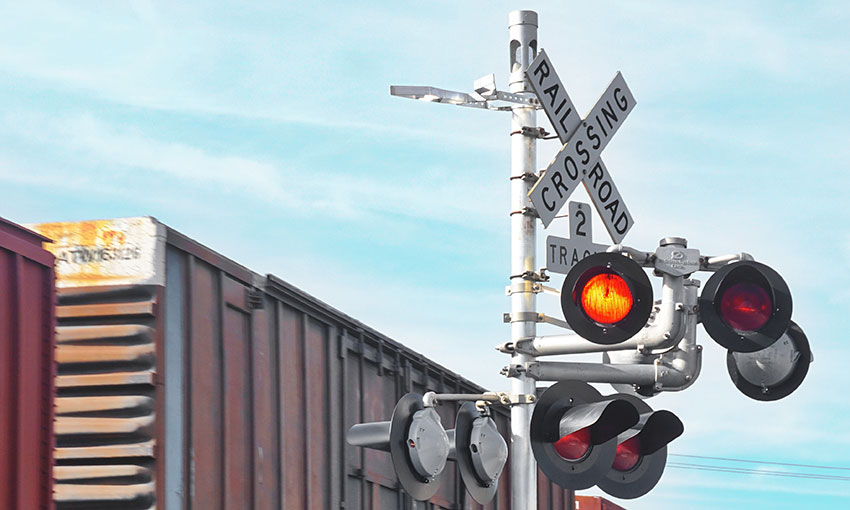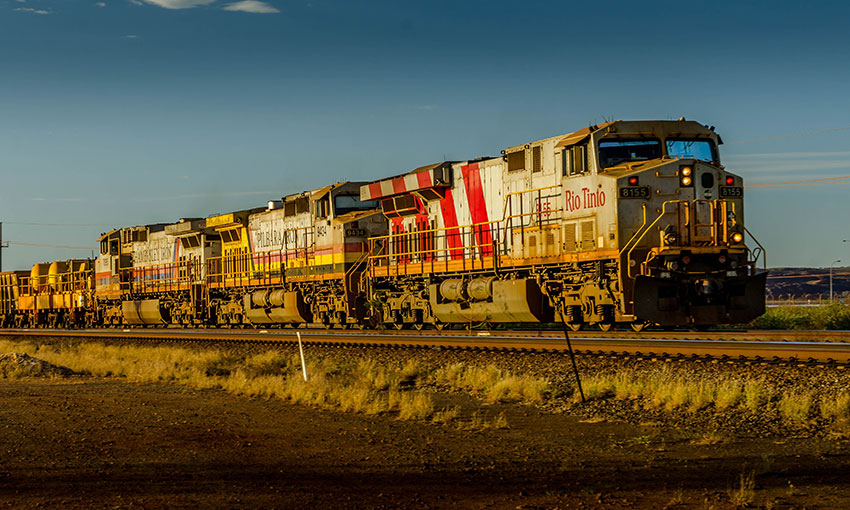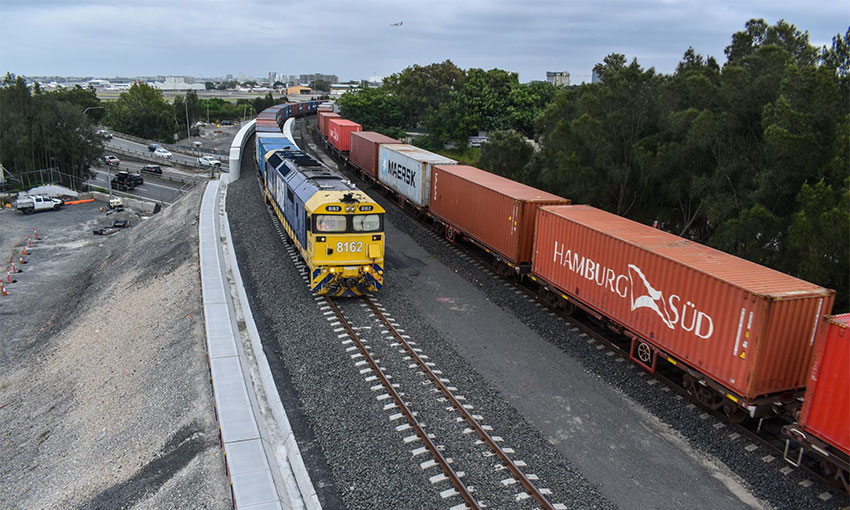THE New South Wales Auditor General found the state’s transport agencies do not have strategies or targets to improve the efficiency or capacity of the metropolitan shared rail network for freight.
The Auditor General’s report, Rail freight and Greater Sydney, found that while the volume of freight moving through greater Sydney is expected to increase by 48% by 2036, transport agencies have to targets or strategies to put that freight on rail.
The report said: “The transport agencies acknowledge that they do not have sufficient information to achieve the most efficient freight outcomes and they do not know how to use the shared rail network to maximise freight capacity without compromising passenger rail services.”
Sydney Trains records data on train movements and collects some data on delays and incidents. Transport for NSW collects data for the construction of the Standard Working Timetable and third-party contracts.
However, the report found a lack of clarity around what data is gathered and who has ownership of the data makes data sharing difficult and limits its analysis and reporting.
After the report was released, the Australian Logistics Council called on the NSW government to re-double its efforts to boost the freight capacity of Sydney’s metropolitan rail network.
The ALC pointed out that the report is critical of how the state government has managed the rail freight capacity in greater Sydney to meet both current and future demand.
ALC CEO Brad Williams said if we are going to meet growing consumer demand, reduce traffic congestion and ensure a sustainable supply chain, we need to see clear accountability including plans and action that will guarantee rail can carry its fair share of the metropolitan freight burden.
“It is a concern that the NSW Auditor General found that state’s agencies do not have clear strategies or targets in place to boost the freight capacity of its metropolitan rail network and make it more efficient,” Mr Williams said.
“In order to meet growing consumer demand and with increasing competition for industrial land, we need to focus on the detailed work to ensure the number of freight train paths are increased within the metropolitan shared rail network.”
The report found that two-thirds of all freight in NSW (excluding coal) passes through Greater Sydney and that cargo volume is expected to increase by 48 per cent by 2036, from 194 million tonnes in 2016 to 288 million tonnes.
The report has also recognised that the plan to increase the level of freight rail leaving Port Botany to 28 per cent by 2021 has been missed. The report did note that TfNSW is concluding a review of the Freight and Ports Plan 2018-2023 and is developing a Freight Rail Strategy, a Port Efficiency Strategy in a Freight Data Strategy during 2022.
“For industry to be given confidence in the policy development process, it is imperative that they are consulted in developing these plans and that a clear implementation outline is made publicly available,” Mr Williams said.
“We have a great opportunity to future proof our freight networks but only if we can work collectively to plan and deliver the critical infrastructure and capacity needed to ensure the economic growth of our regions and cities.”

